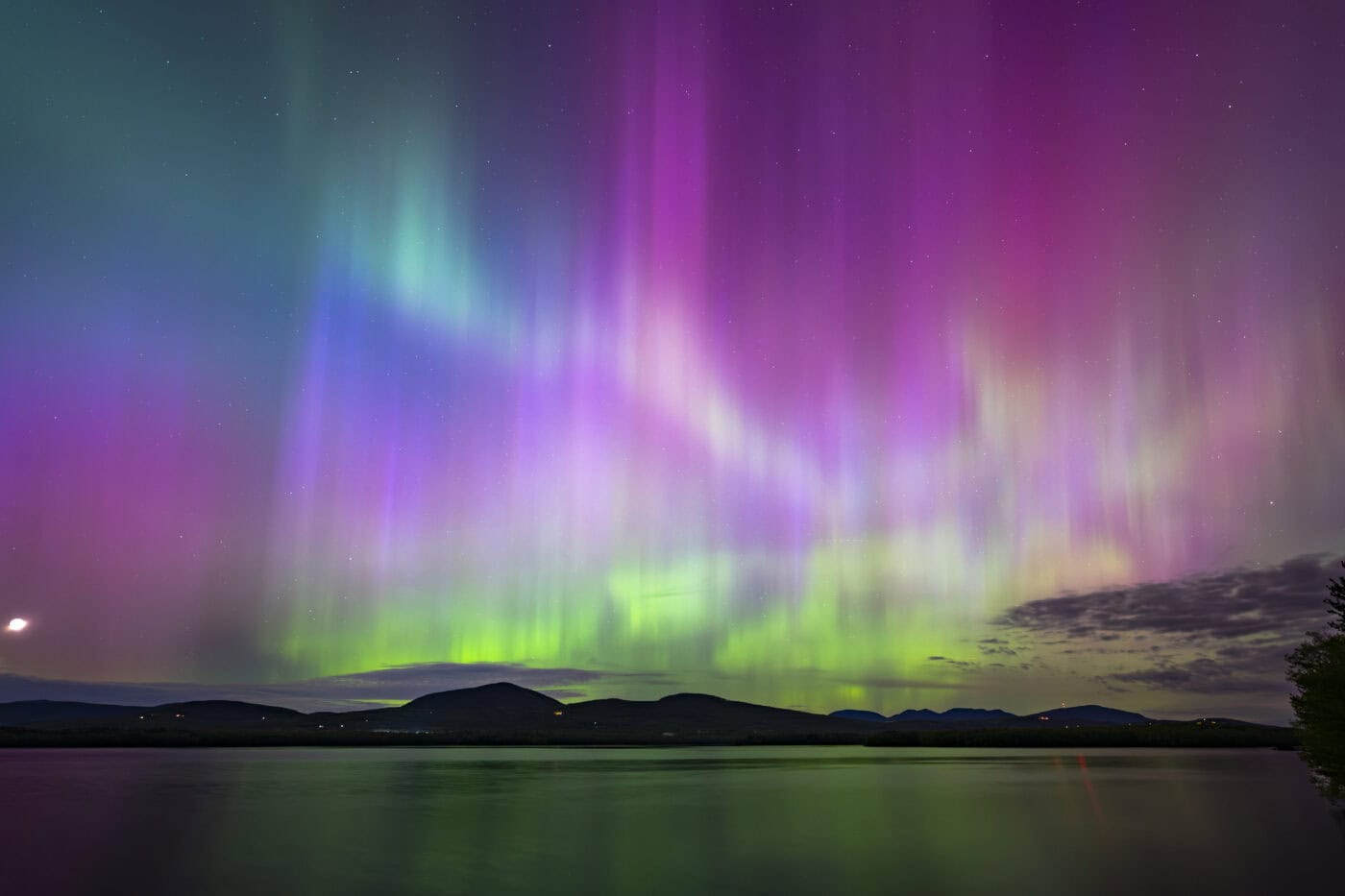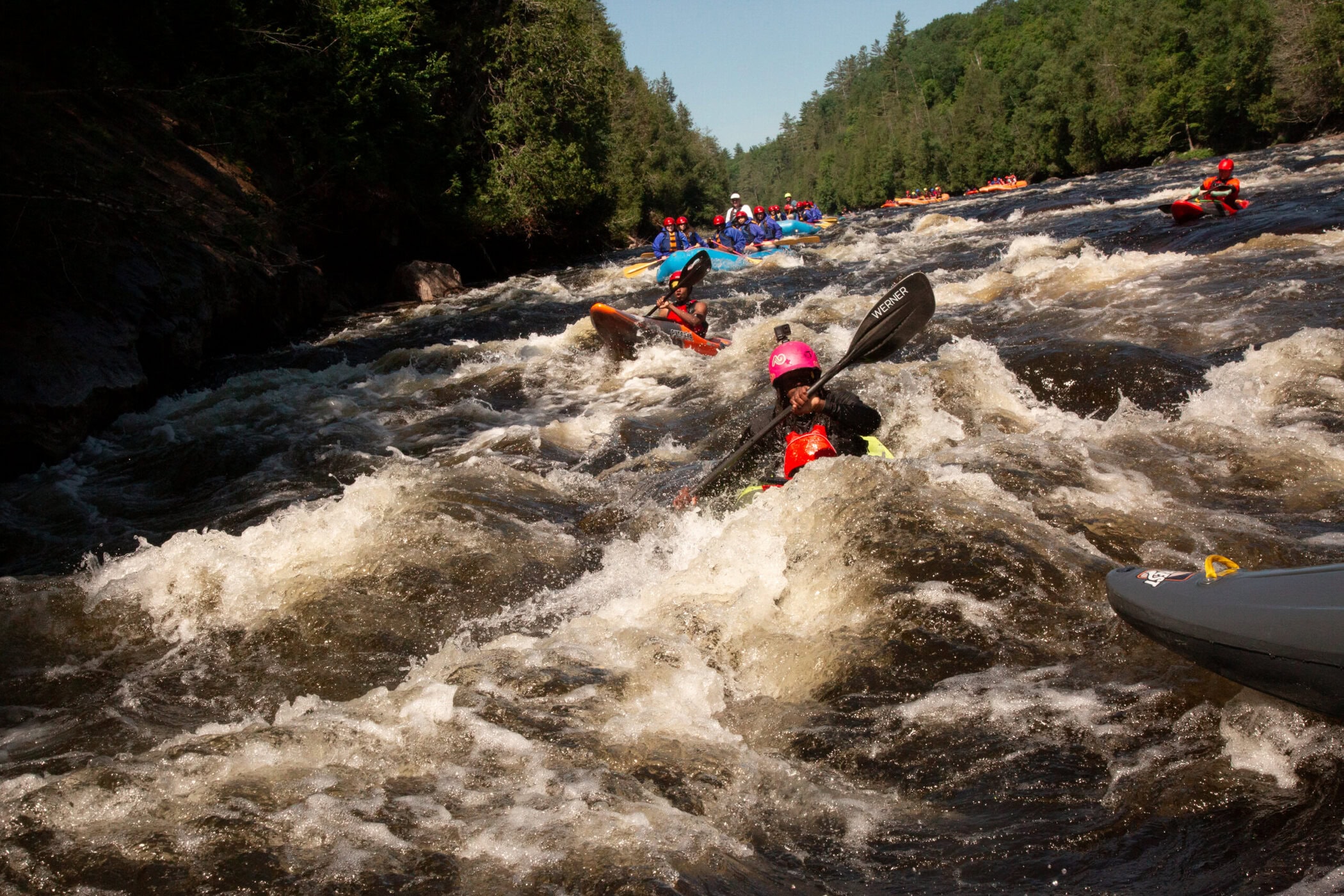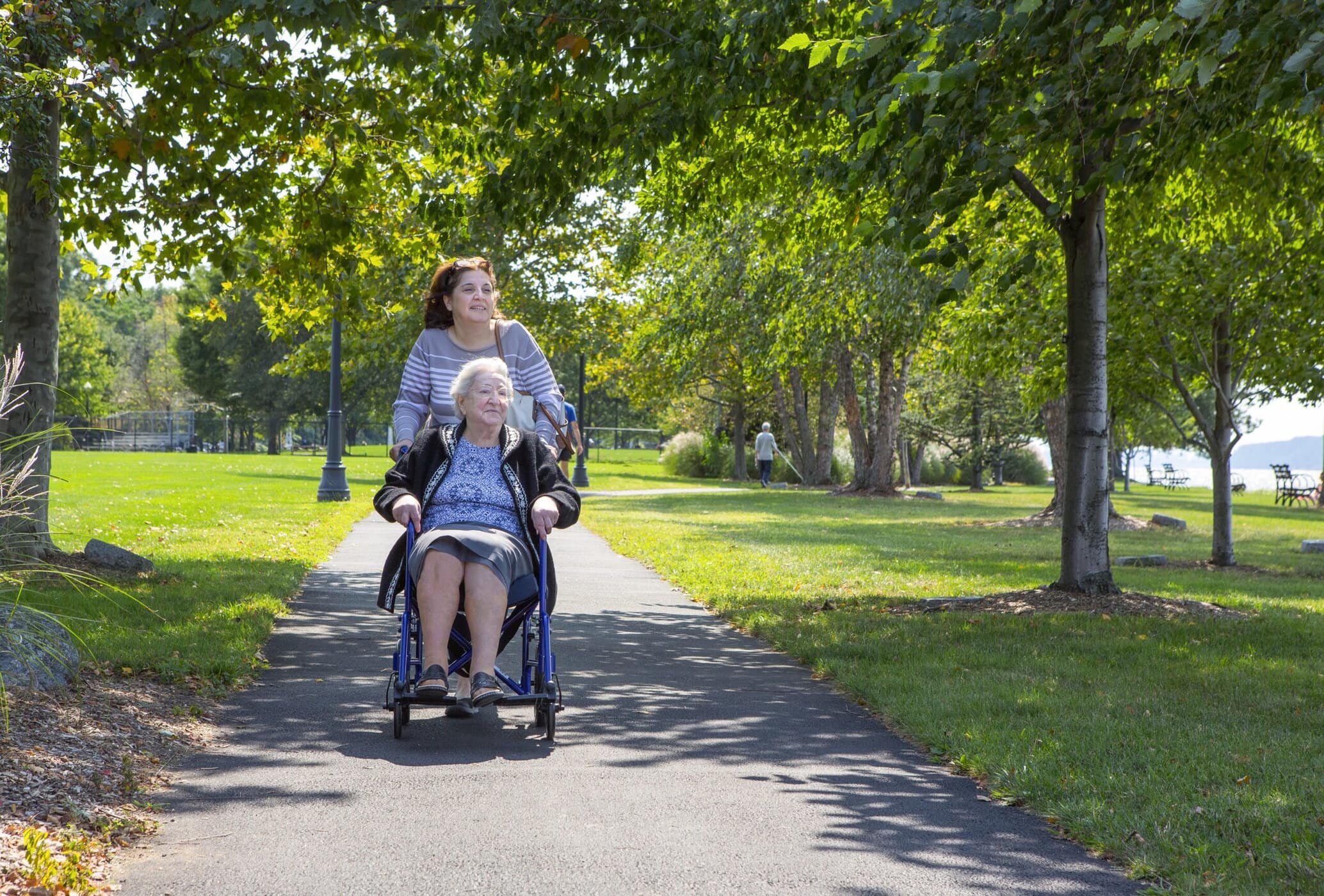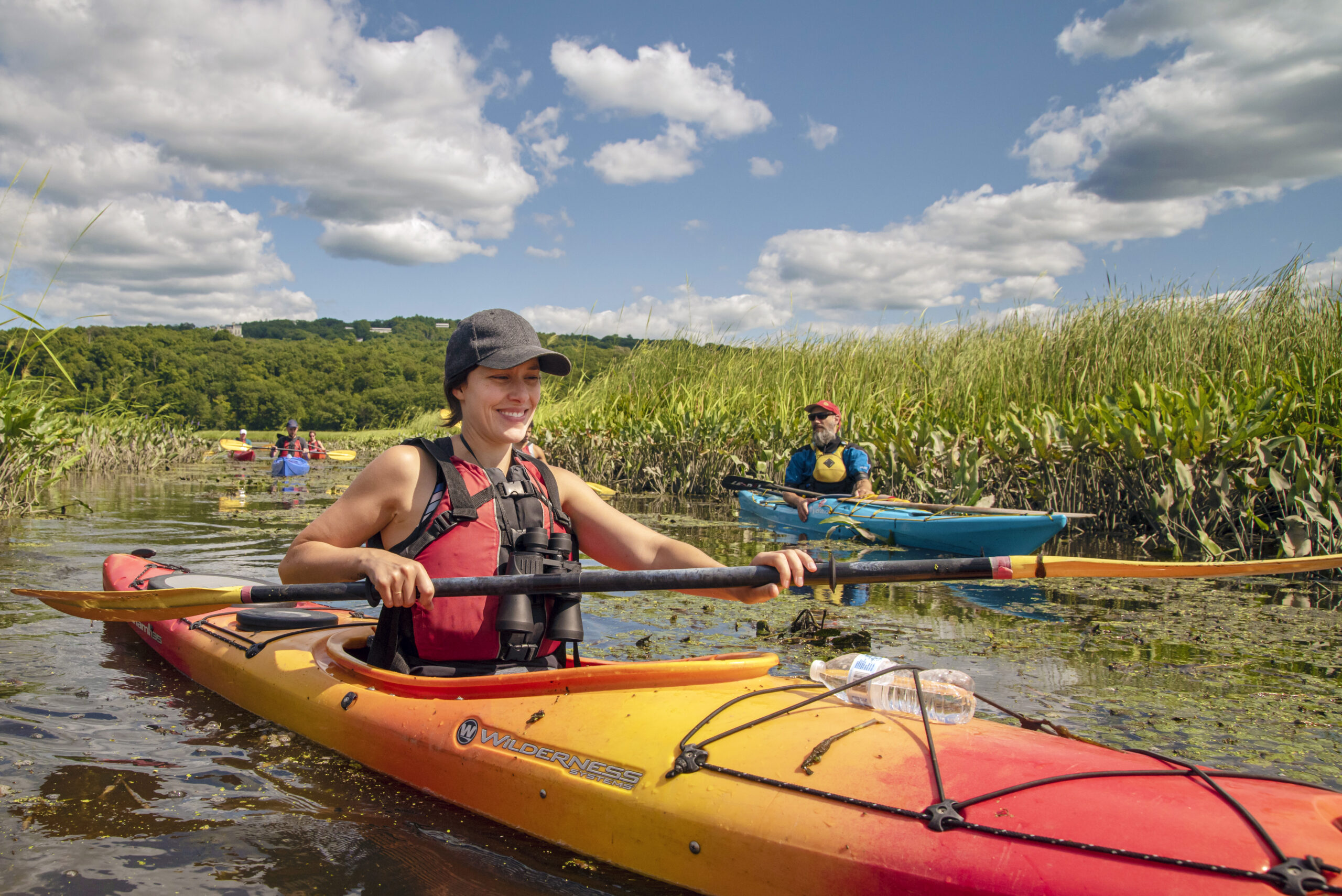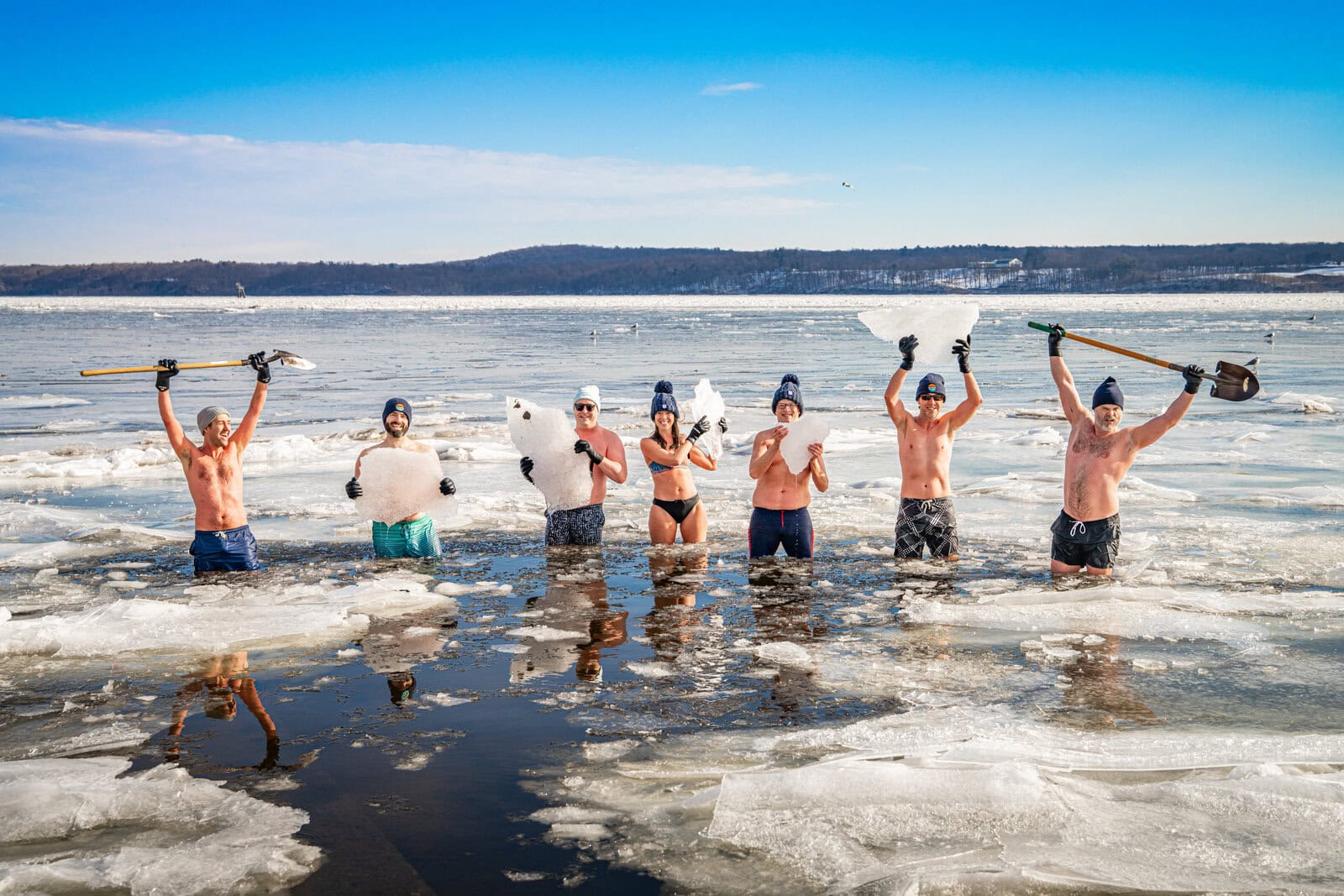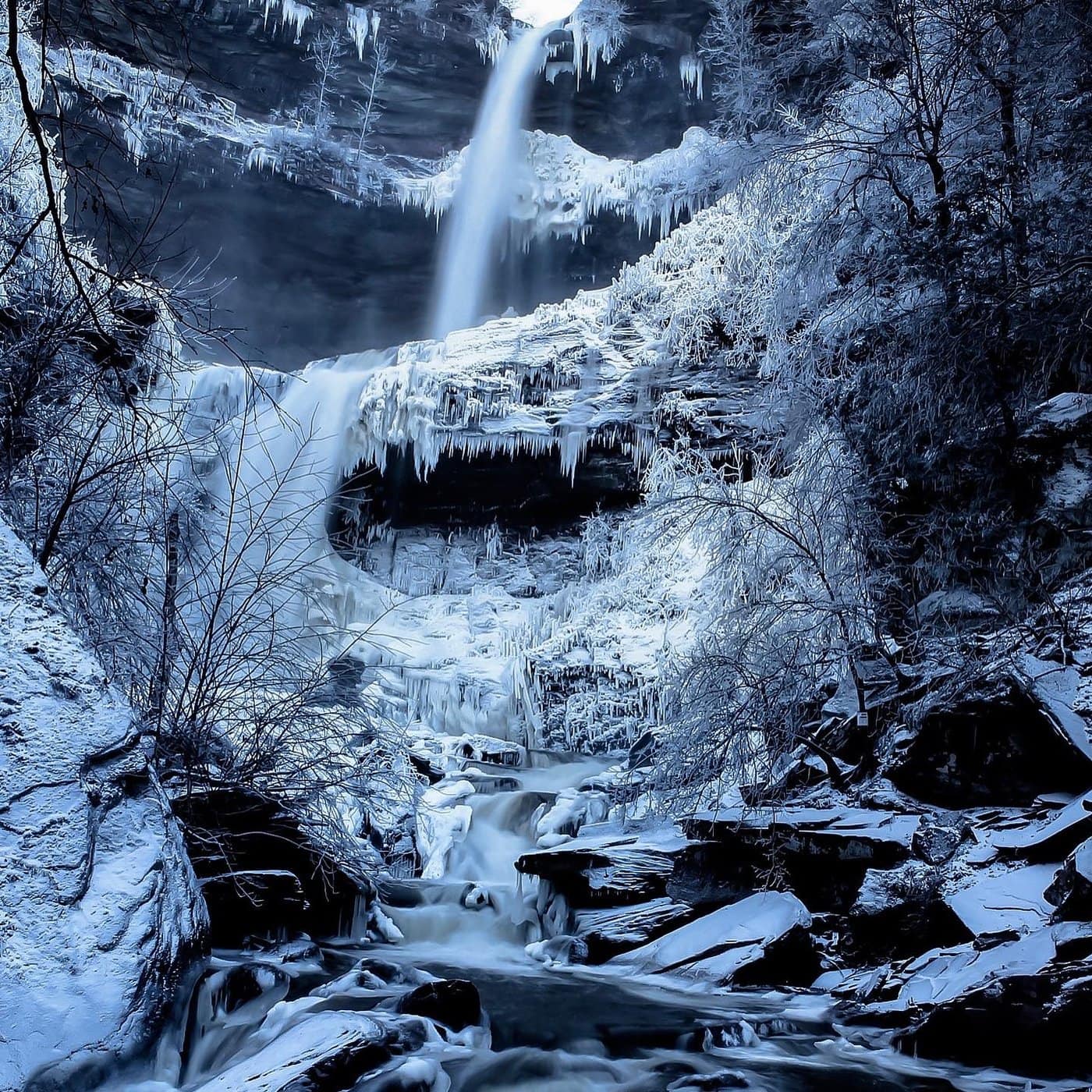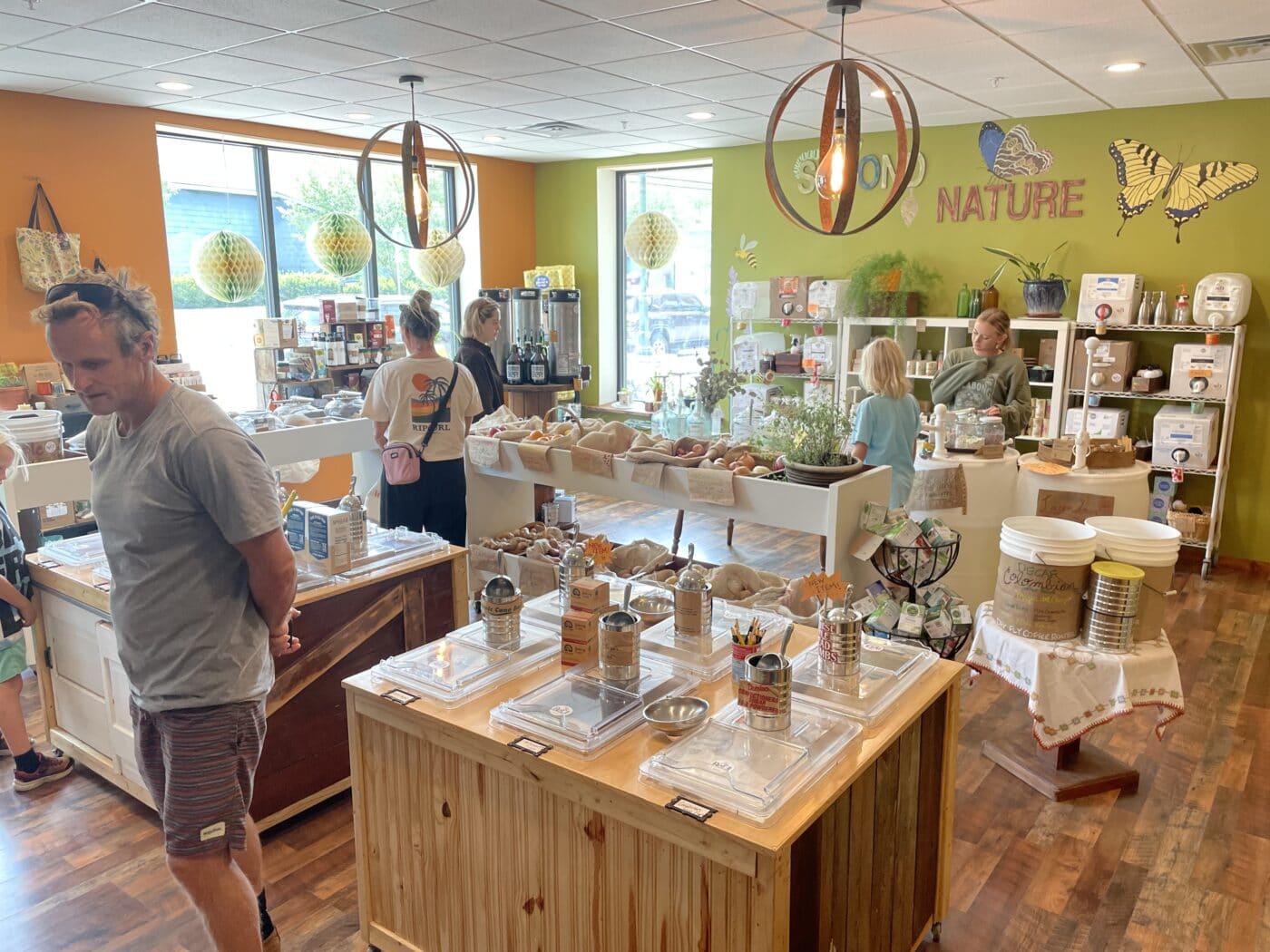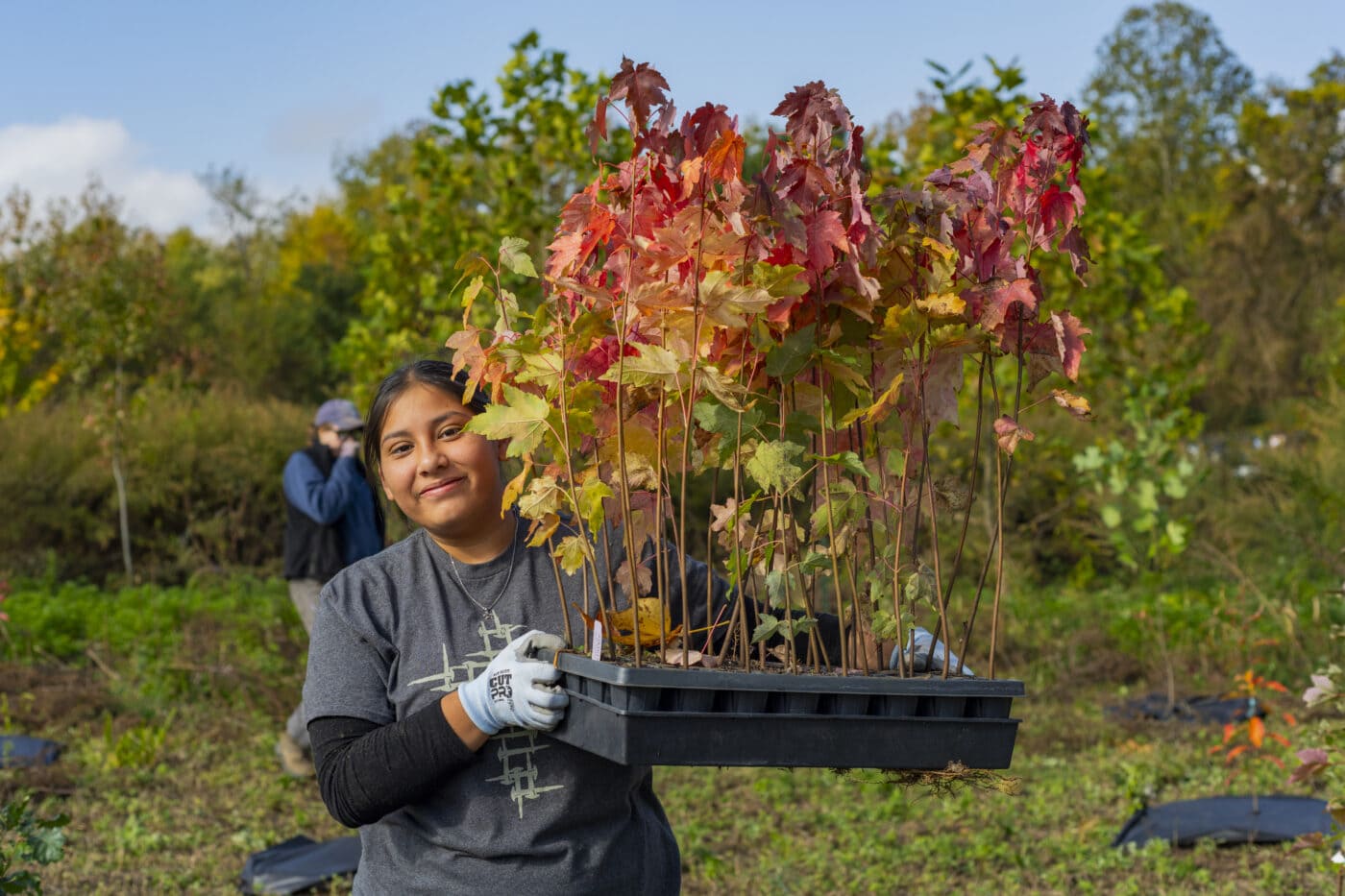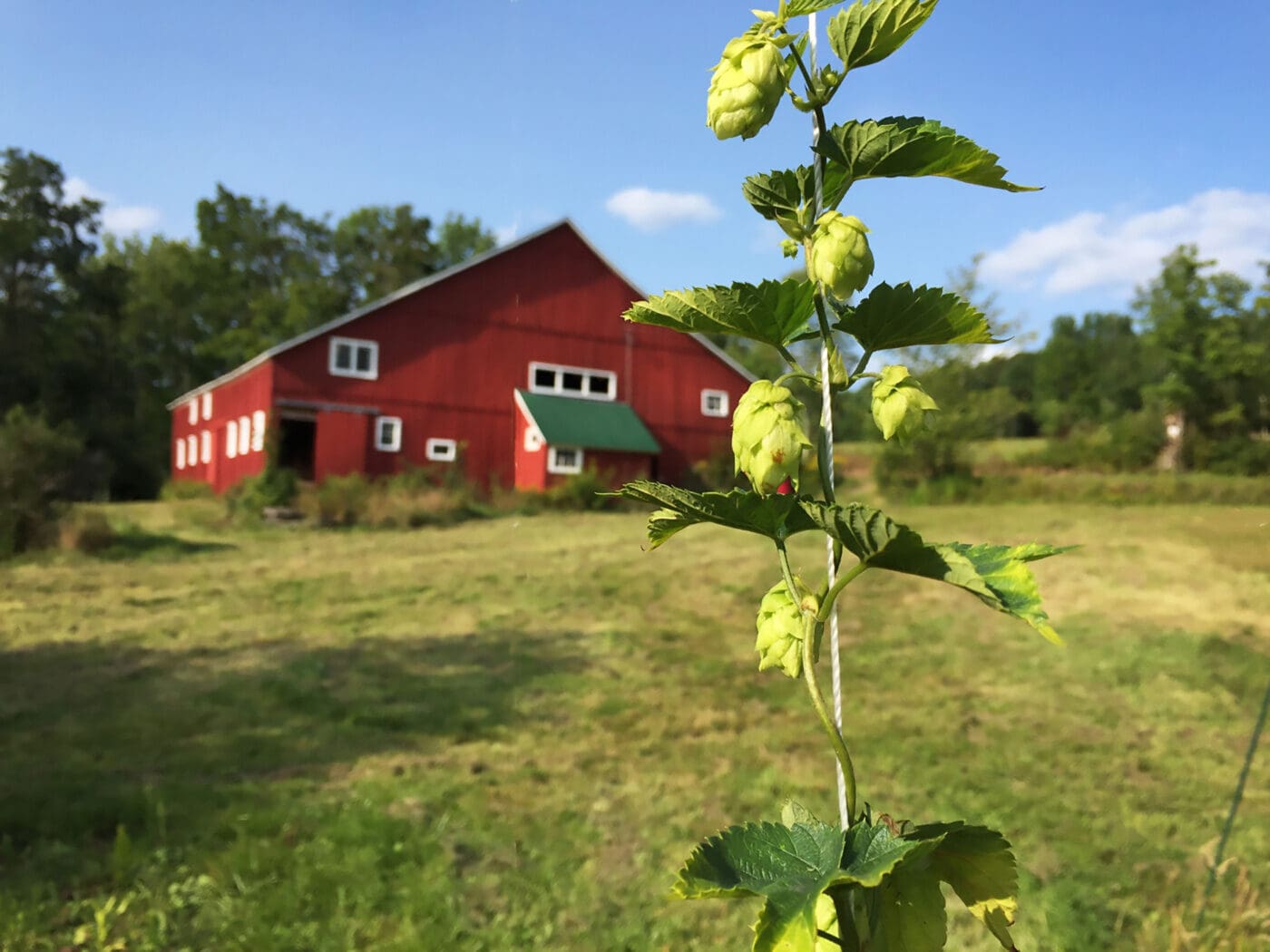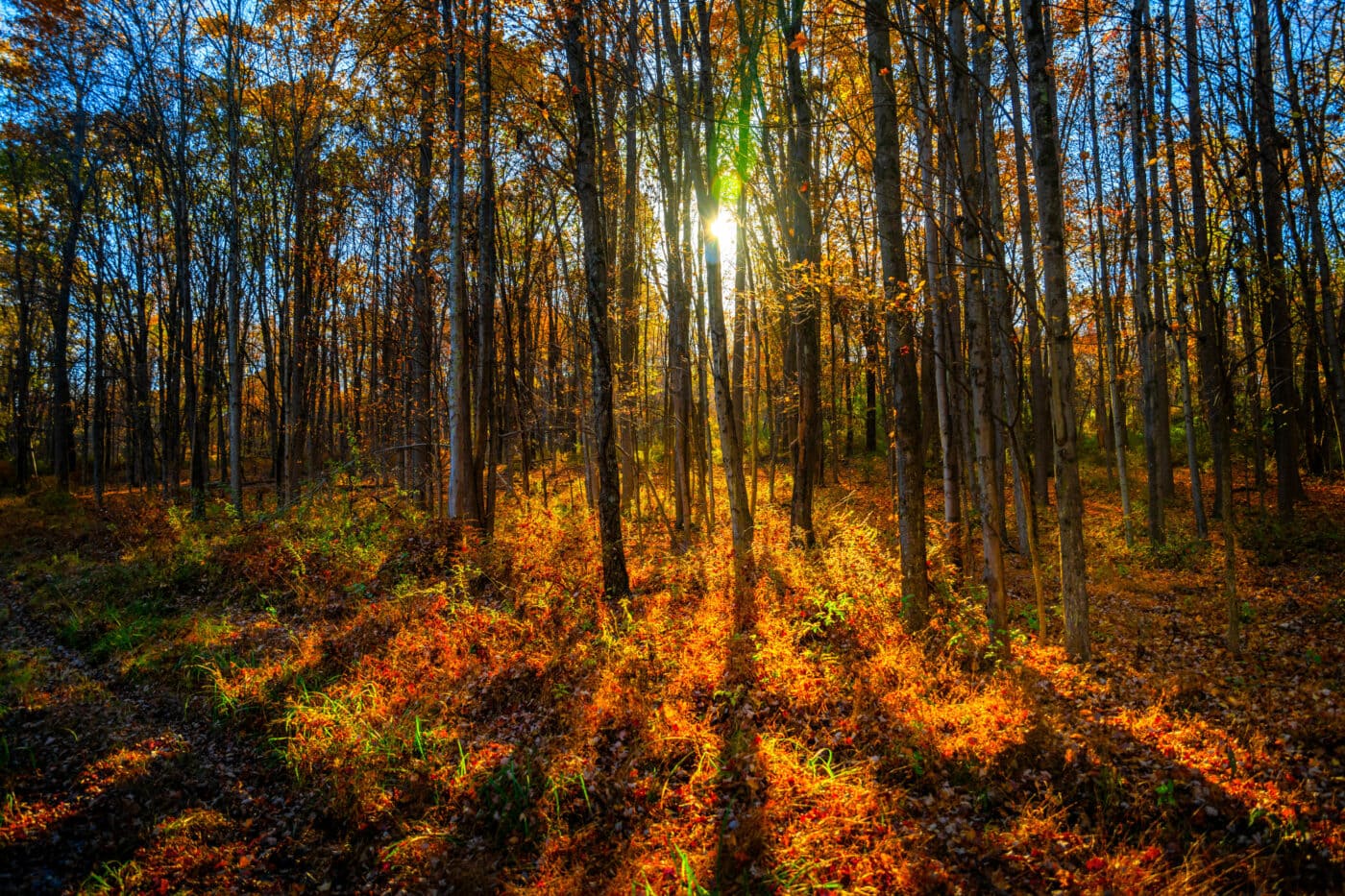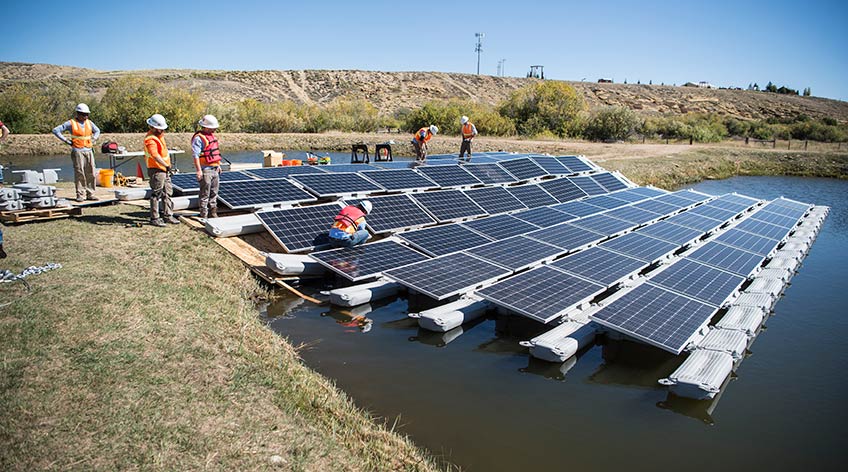For a brief moment last October, the entire Hudson Valley was fixated on one thing: the aurora borealis, or Northern lights. Watching the dancing streaks of green and pink from one’s own backyard seemed like a once-in-a-lifetime opportunity — but that watercolor night sky may be coming back sooner than expected.
Our sun runs on an 11-year cycle, and that cycle peaks in 2025. The increased electromagnetic activity could mean more aurora sightings for people who live too far south to see it typically.
“Sunspots are essentially areas of magnetic turbulence,” says Marc Taylor, the senior manager for the Hudson River Museum Planetarium. “What can happen is that they tend to channel high-energy particles from the surface of the sun, and we get flares near those spots, and those flares will basically throw out charged particles into the rest of the solar system.”
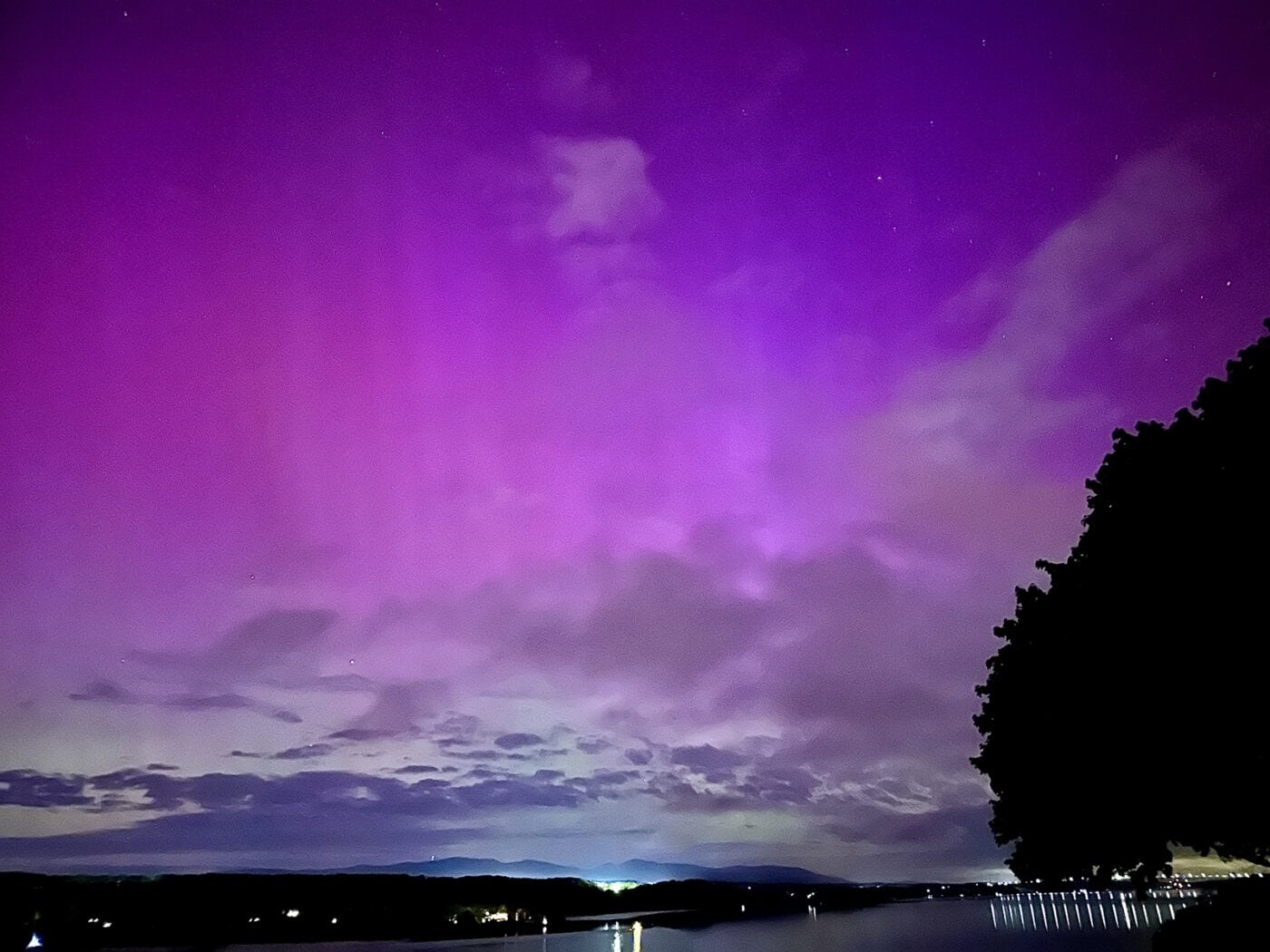
When these particles collide with earth’s magnetic sphere, the energy transfer is called a geomagnetic storm — and with it comes the aurora borealis.
“Given that this solar cycle has already produced at least two widespread mid-to-low latitude auroras — typically, Mother Nature likes to repeat herself,” says Ben Noll, a meteorologist for the Washington Post. Noll, originally from Montgomery in Orange County, has been tracking Hudson Valley weather for decades. “There’s a pattern there. So I guess I wouldn’t be surprised if there was another opportunity or two while we’re still within this solar cycle peak.”
But if current pollution and climate change trends continue, there’s a chance the aurora borealis will be obscured from our view.
First, light pollution — an umbrella term for irresponsible lighting practices that harm ecosystems and send unnecessary light into the sky — blocks our view of the stars and celestial events. “A lot of times, auroras are relatively faint, and light pollution could easily crowd that out,” Taylor says.
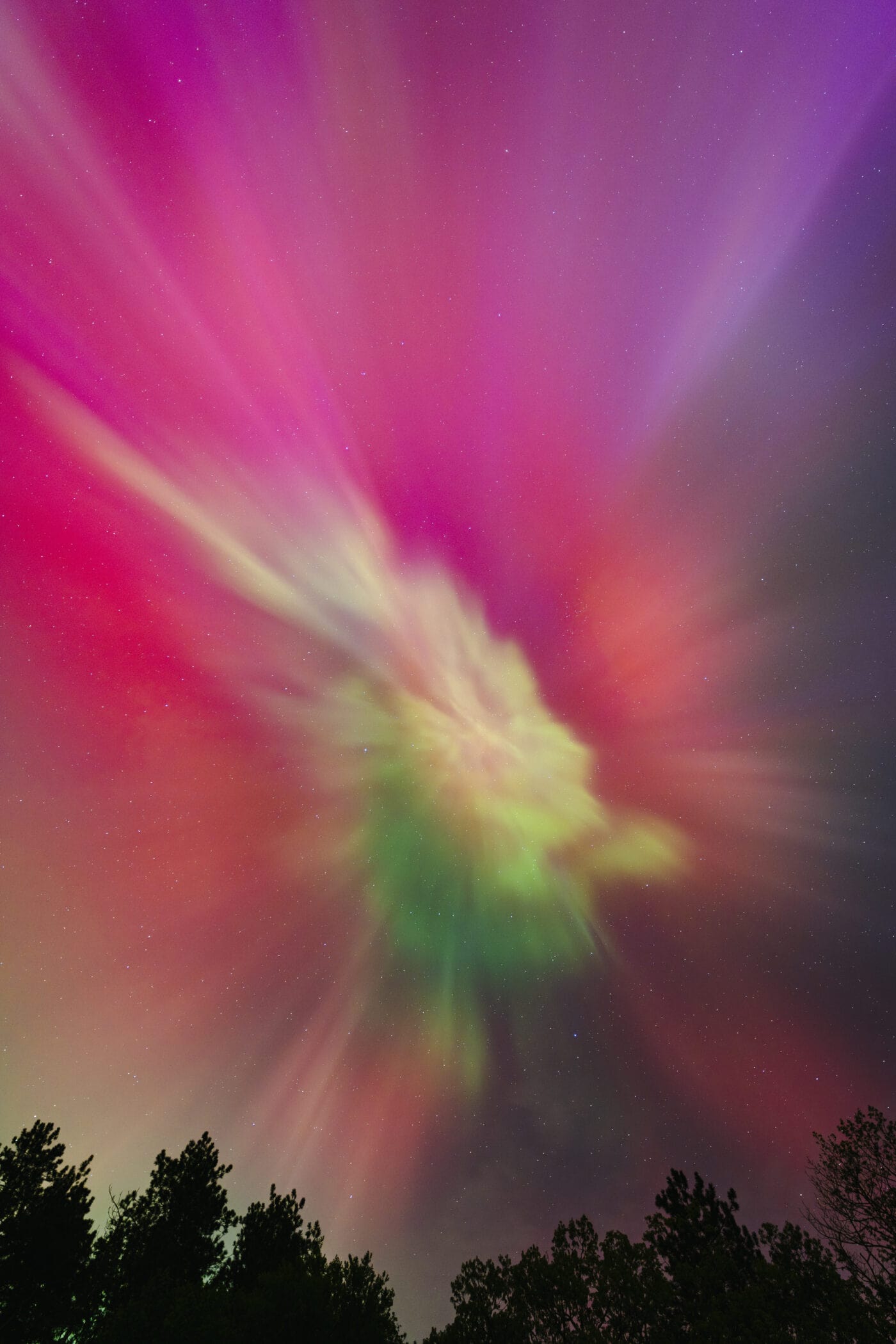
Light pollution is increasing about 10% every year, according to DarkSky International. While not as severe as places like New York City, the Hudson Valley has its own spots of light pollution intensity that could obscure the aurora.
On top of that, climate change is leading to more moisture in Earth’s lower atmosphere, which could mean more cloud coverage to block our view of the Northern lights.
But given that an aurora sighting as far south as the Hudson Valley is already a rare event, it would be difficult to draw a definitive conclusion about climate change’s effect on it, Noll says.
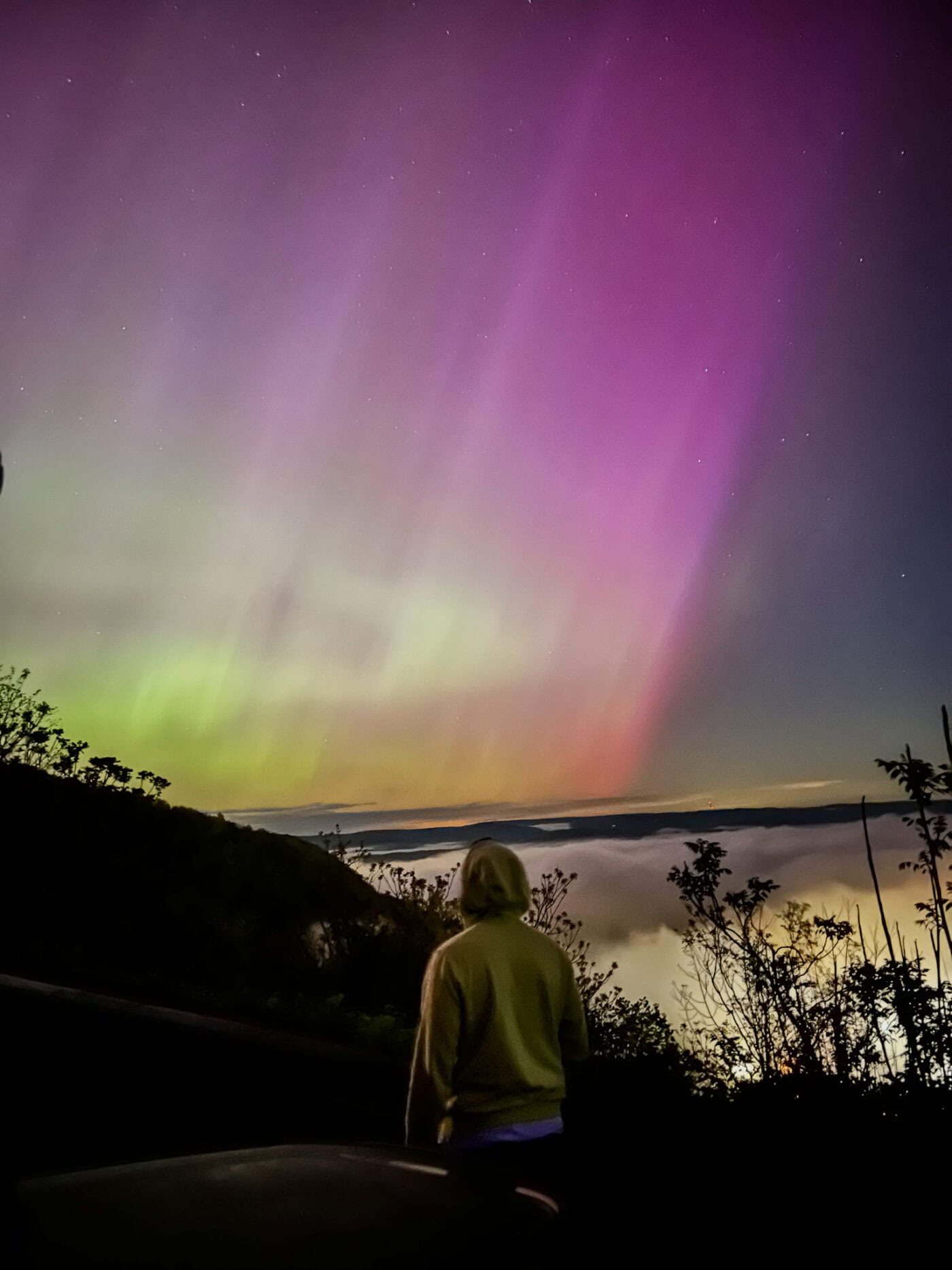
But there is a more immediate and widespread obstacle to fully enjoying the aurora — and it’s not in the sky, but in our hands. When seeing the aurora, many people find themselves preoccupied with social media. That tendency is something Taylor has noticed often in his time working at the Hudson River Museum. “People are a lot of times reflexively turning toward technological tools to be part of their experience of something,” Taylor says. “”People trying to take the perfect photographs, or saying, ‘Look, I was here.'”
Usually, the fact that the night sky is difficult to photograph without proper equipment — the moon always showing up as a blurry white dot on phones, for example — keeps people out of the social media headspace when viewing the night sky, Taylor says. However, the aurora presents a unique challenge: It actually looks better in a picture than to the naked eye.
Alison Maltby-Duggan, from Olivebridge, had wanted to see the aurora ever since watching the animated ’90s movie Balto as a child. When chasing the aurora in March of last year, she couldn’t see anything, but took a test shot on her camera — and burst into tears when she saw the aurora on her viewfinder. “It’s only during strong [geomagnetic] storms or when your eyes get very adjusted to the lack of light that you see it dancing by eye, but when you do it’s such a thrill,” Maltby-Duggan says. “Most of the time, it’s camera-visible only.”
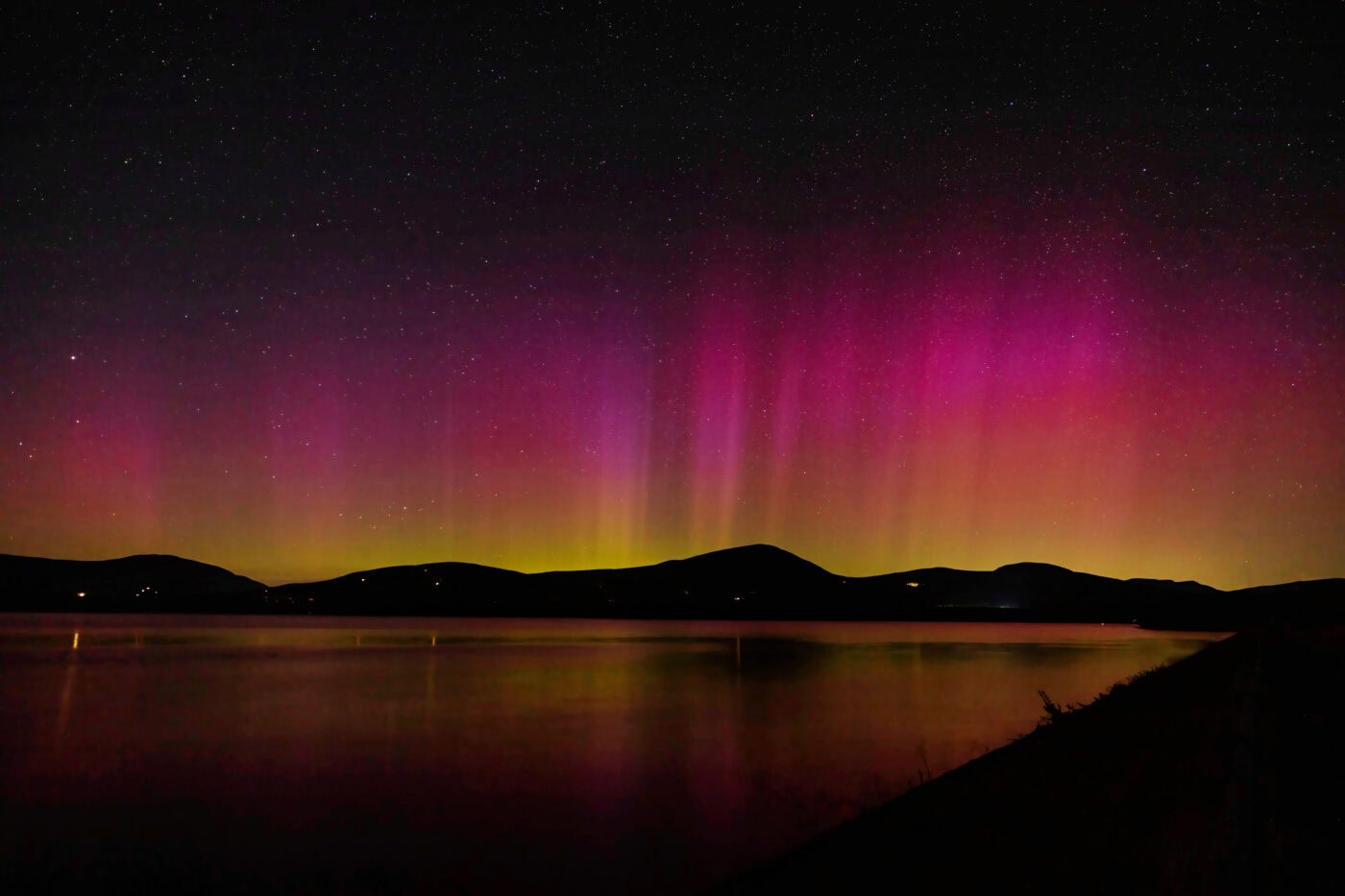
Vivid pictures flooded social media in the days after the aurora in October. And though it was a beautiful sight, many couldn’t help but enter the headspace of comparison with their own photos. “Just the usual, ‘These photos are being shared and liked more than mine,’ Maltby-Duggan says. “Artist nature is to want what you put out into the world to be liked.”
Though it’s natural for thoughts like those to pop up, they don’t have to overtake the joy that comes from seeing a rare celestial display.
“At the end of the day, they’re my photos,” she says. “No one else took this photo. I took this photo! I also have started to just post the photo and leave whatever social media site I’m on. Out of sight, out of mind.”
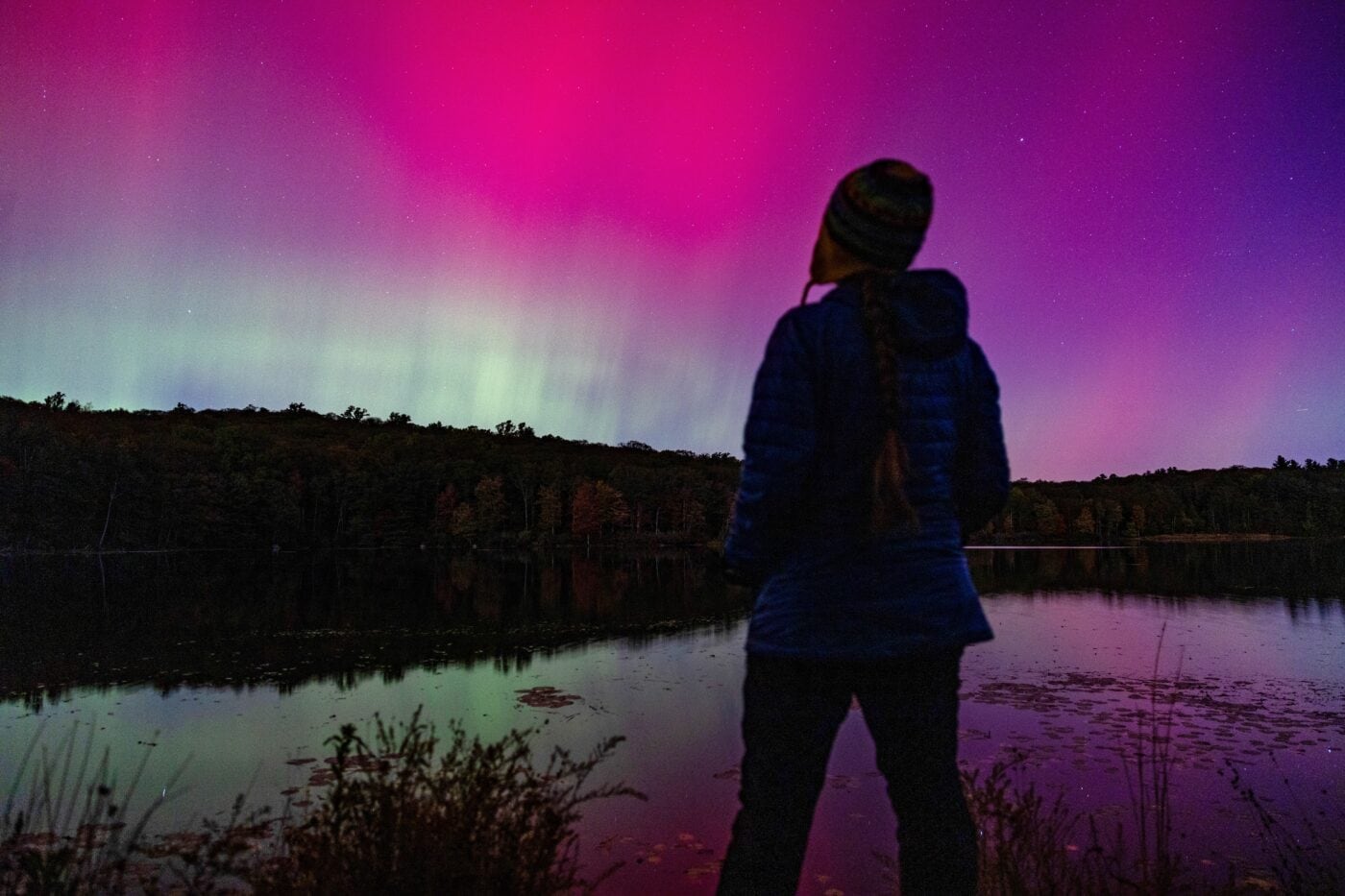
Though there was a wave of social media outpouring after the aurora, it remains to be seen whether it will happen again. “If I had to render a guess, I’d say there would probably actually be, while there still would be quite a bit of interest, it might tail off a bit if it became so common and there was another, bigger event or two,” Noll says, “and people got their pictures the first time or the second time, and they’re like, ‘Well, I kind of know what it looks like now. I don’t need to go out and see it again.'”
It seems the way to stay present and engaged during the aurora, rather than focusing on taking the best picture or making the best post, is simply to surrender control and enjoy what’s in front of you. “You always hope for a good shot, but a lot of the time it’s just peaceful being out,” Maltby-Duggan said. “The aurora will do what it wants. There’s a special kind of tranquility that being under the stars gives you.”
One of the most beautiful things about the aurora is its ability to bring people together during a time when division and fear are at an all-time high. “It’s hard to kind of disagree,” Noll said. “Like, there’s pretty lights in the sky, and people can gather together and rally behind that really interesting thing that Mother Nature is giving us.”
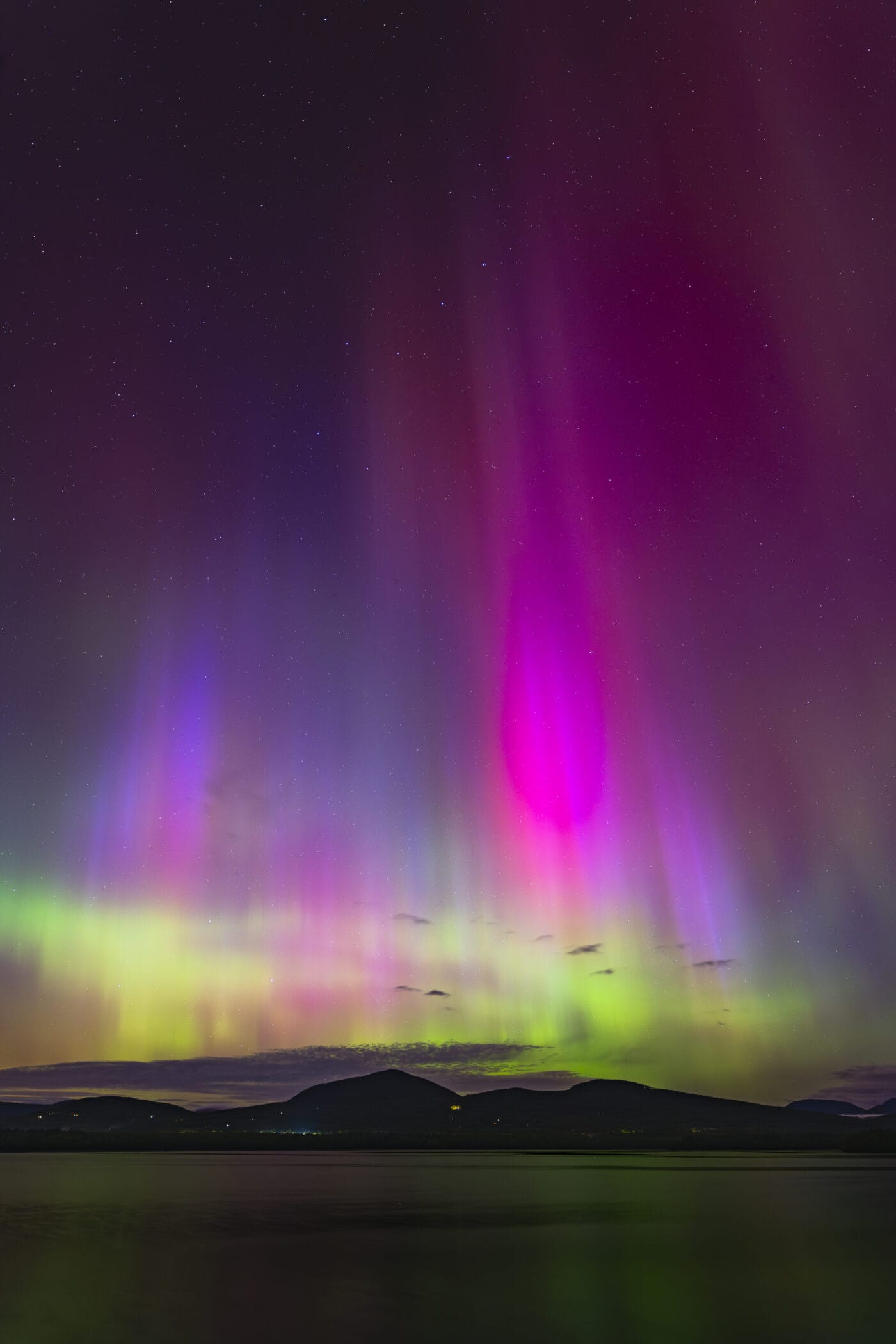
Something similar happened when the Leonids meteor shower peaked soon after Sept. 11th, 2001, Taylor recalls. After trauma and instability, people turn toward the night sky and take comfort in witnessing something greater than themselves, and “take it in with a different perspective.”
”This fascination is a human trait,” Noll says. “To be interested in the weather is to be human.”


